14 Cheap DIY Garden Path Ideas for a Pretty, Budget-Friendly Walkway
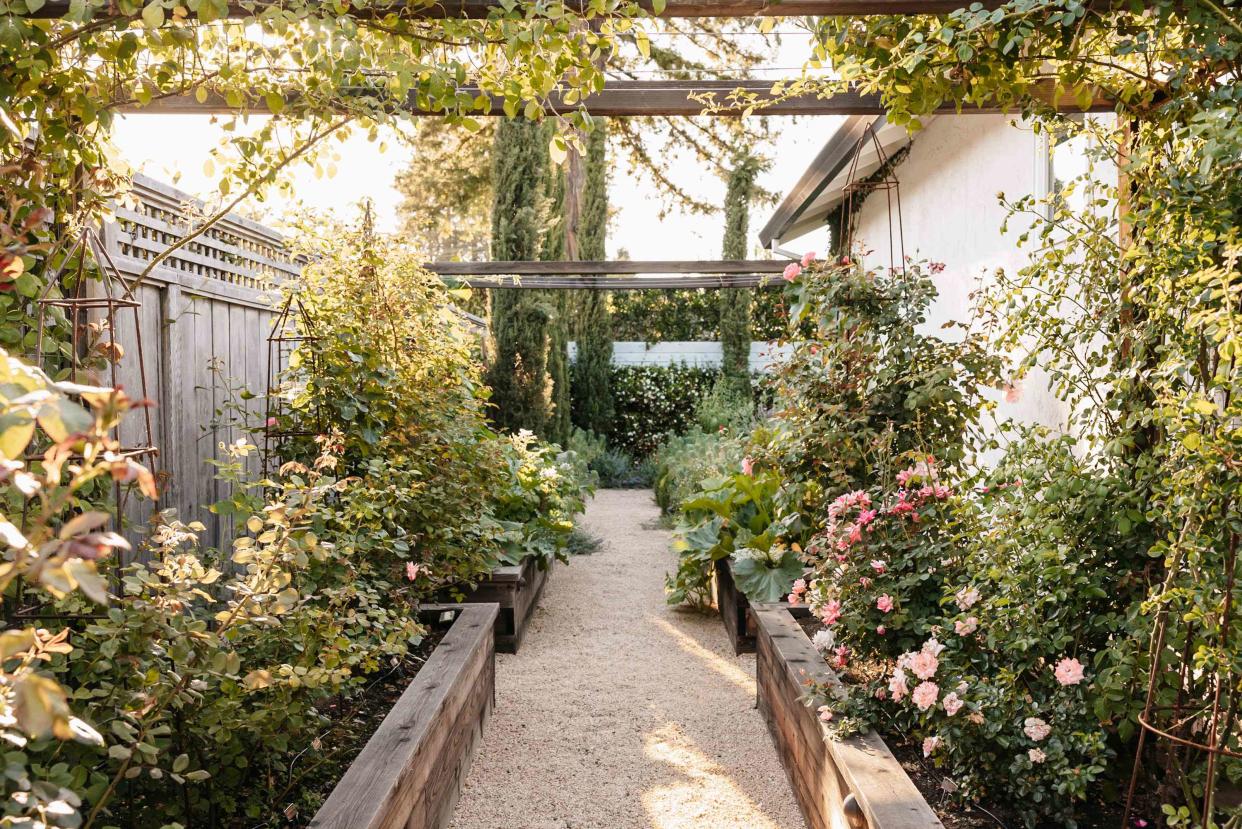
There's nothing like a stroll through your garden, especially on a stunning path. However, gardens themselves can be pretty expensive to start, so you might not be left with the biggest budget for your small trail after the fact. Luckily, there are ways to DIY garden path that won't drain your bank account.
We've put together this list of 14 cheap DIY garden path ideas to help spark inspiration. Whether you're a hardscaping novice or have a bit of experience, you should find an affordable option that fits your skill level.
DIY Flagstone and Mulch Path
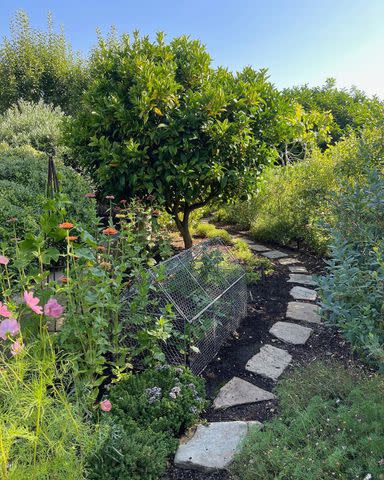
@homesteaddesigncollective / Instagram
Mulch alone makes for an affordable DIY garden path material. However, it will eventually wear away if it gets a lot of foot traffic. Creating a trail of flagstone will keep the mulch fresh for longer.
Pea Gravel and Raised Beds
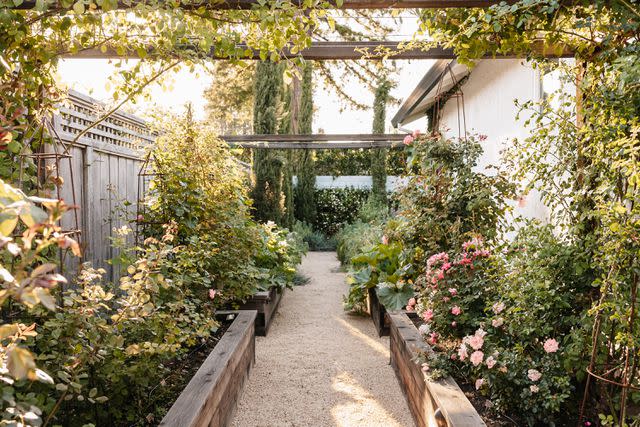
At just $1 to $3.15 per square foot, pea gravel is an affordable garden path option. This type of gravel, besides being an excellent patio material, works especially well for a large path that weaves between garden beds.
Concrete Sections
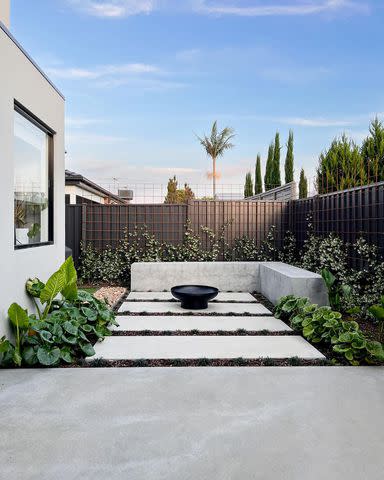
@house.on.cambridge / Instagram
Slabs of concrete nestled between mulch can give your garden a zen-like look. Mixing and pouring your own concrete is a much more involved DIY project, but the end result can be well worth it.
Flagstone and Decomposed Granite
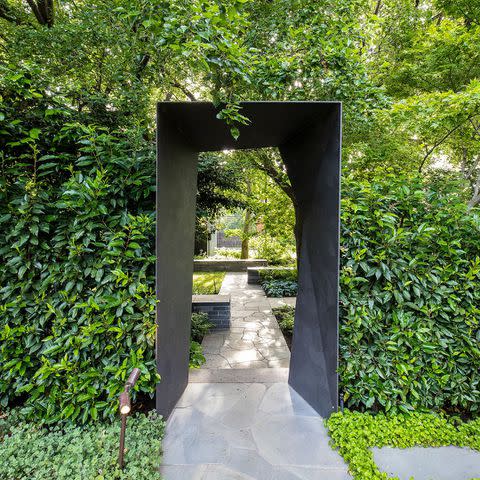
@ianbarkergardens / Instagram
DIY flagstone paths can range from simple to elaborate in terms of design. If you want to give your flagstone garden path a more professional look, consider filling in the gaps with decomposed granite. This material is made from fine rock dust particles that bind together with a stabilizer.
Compacted Decomposed Granite
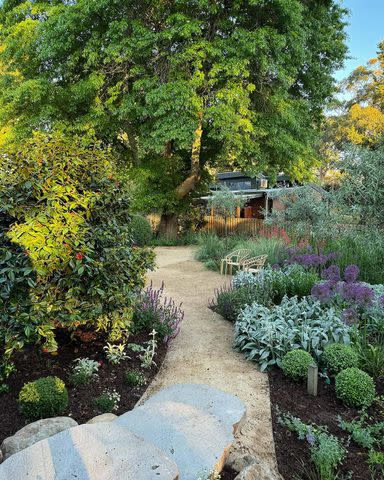
@t.p_gardens / Instagram
While decomposed granite is a great setting bed for pavers, it can also hold its own as a garden path material without the pavers. Just make sure you compact your decomposed granite really well with a tamper or a roller.
Flagstone and Moss Garden Path
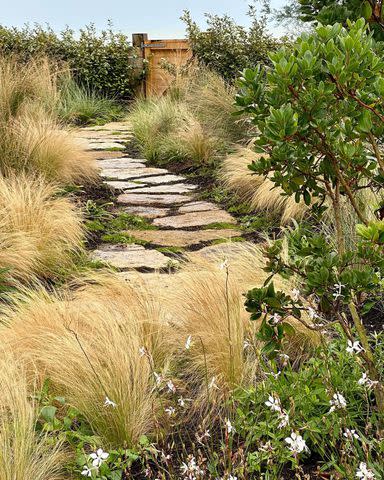
@acreswildgardendesign / Instagram
If you're trying to hone more of an organic and dreamy look for your DIY garden path, leaving gaps of soil between your flagstone is both an easy and low-maintenance option. But to really lean into this style, try growing moss between the flagstone.
Gravel and Brick Steps
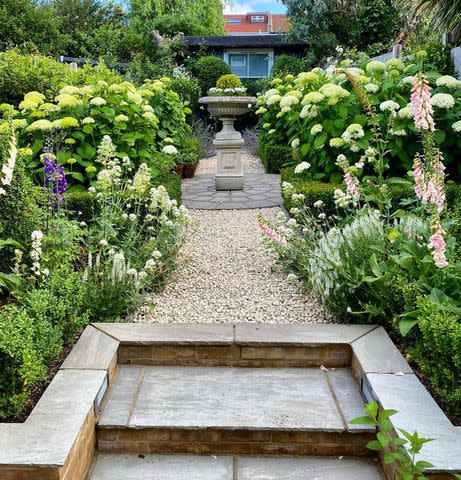
@myformalgarden / Instagram
Brick garden steps are certainly very beautiful, and they can help even out a slope. However, they are a bit tricky to install yourself. One option is to hire a contractor to install your steps but then DIY the rest of the path with an affordable material like gravel.
Pea Gravel Path With Metal Edging
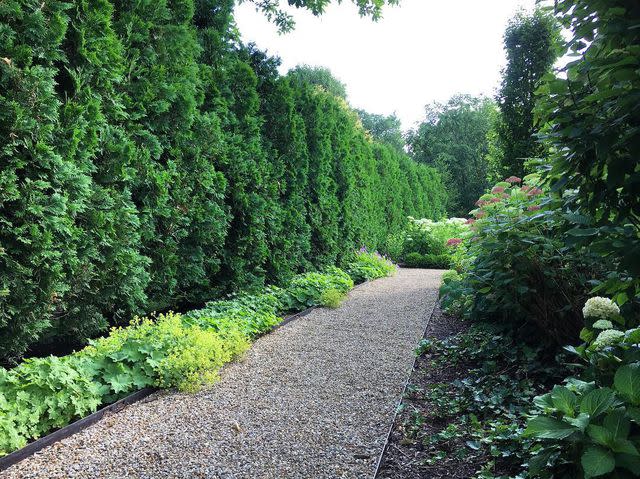
@nickmccland / Instagram
One drawback of pea gravel is that it can wind up in other parts of your lawn, like your garden beds. Installing metal edging along the sides of your path should keep the little pebbles corralled.
Flagstone and Grass
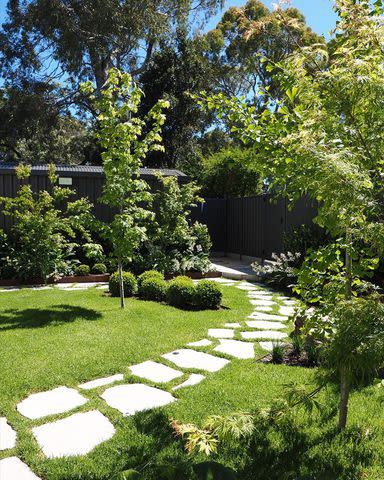
@leegray_landscapedesign / Instagram
We've already chatted about how mulch, moss, dirt, and decomposed granite all look great between flagstones, but don't overlook grass as an option for a filler. Just keep in mind that you may need to plant more grass seed if any grass sustains damage during the flagstone install.
Brick and Pavers
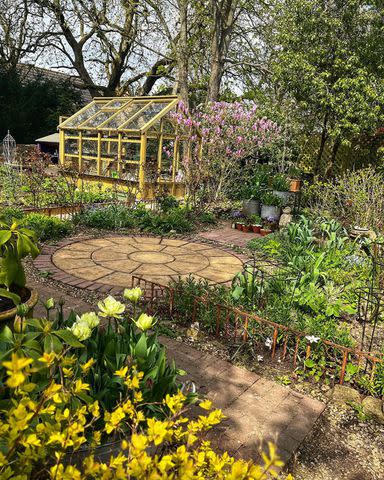
@floraldaysintheshires / Instagram
If you want to channel an English cottage style, red brick is a lovely option. Laying a brick patio costs about $600 to $800 in materials and requires an intermediate skill set, so it's not the easiest or most affordable option on this list.
However, the end result will be a durable garden path that should last for decades (just think of all the red brick paths you see around historic homes). Additionally, garden pavers pair really well with red brick. You can create a unique circular design with them in the middle of your garden and lay brick paths leading up to it.
Classic Gravel Garden Path
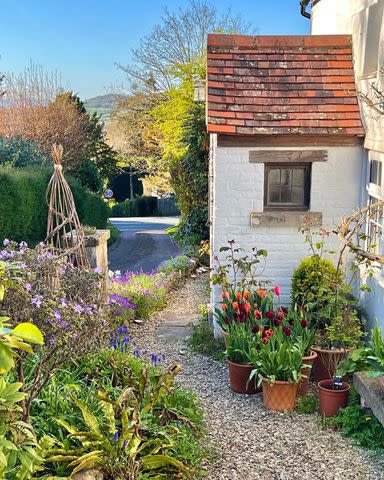
@thatcotswoldlife / Instagram
Pea gravel is certainly very popular right now, but don't forget about its older cousin, the classic gravel. Classic gravel is larger in size than pea gravel, and it still looks beautiful on a garden path. You can find this gravel in all sorts of colors, from gray to tan.
Gravel and Paver Garden Path
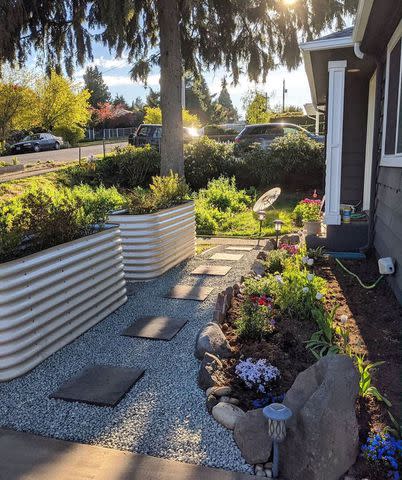
@birdiesgardenproducts / Instagram
Installing a large garden path with pavers alone can cost quite a bit in time and labor. If you're looking to save in both those categories, consider using a combination of pavers with gravel.
Compacted Decomposed Granite Steps
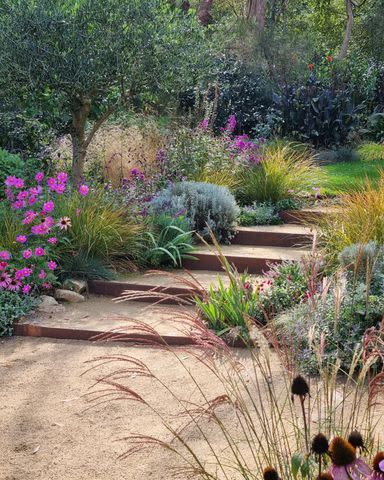
@annmaree.winter / Instagram
You need to be a bit more selective about what materials you choose for sloped garden paths. For example, gravel might not be the best option since the pieces can start to slide. One solution to consider is installing compacted decomposed granite steps. You can use a wood or metal edging to help the decomposed granite hold its shape.
What is the most affordable way to build a garden path?
A stepping stone path is one of the most affordable option for a cheap DIY garden path. This type of garden path requires few materials and is a very easy weekend DIY. You can even lay materials like flagstone directly onto the soil, but it may start to sink over time.
What is the easiest type of garden path to maintain?
Paver and brick garden paths are the most low-maintenance types. These sturdy materials will stay in place for years to come. If one paver or brick breaks, you can replace the isolated section (unlike concrete, which requires total replacement when cracked).
Read the original article on The Spruce.

